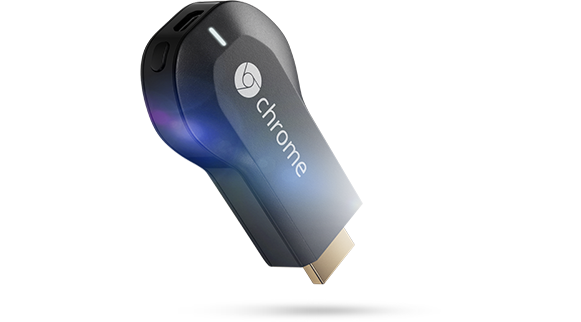Overall consumer electronics industry revenue will hold steady relative to 2012 levels, growing an estimated 0.2 percent in the United States in 2013.
Once upon a time, consumer electronics sales were lead by TVs and TV-related appliances. More recently, sales of personal computers took the lead.
But if you want to know why people in the mobile industry now attend the Consumer Electronics Show, it is because mobile devices now lead sales.
New categories such as fitness technology, desktop 3D printers and Bluetooth/airplay-enabled speakers are among the product categories CEA now tracks.
Smart phones are expected to maintain their position as the leading revenue driver for the industry in 2013, with unit shipments projected to reach 127 million in 2013.
Smart phone revenues are expected to surpass $37.8 billion in 2013, a 14 percent increase from 2012 levels.
Tablet computing will continue double-digit growth in 2013, with unit sales of tablets projected to reach 87.1 million in 2013 and revenues expected to surpass $27.3 billion.
Separately, researchers at Parks Associates estimate that 48 percent of U.S. broadband households own at least one tablet.
Tablet ownership increased by nearly 33 percent in one year, with 22 percent of households reporting a tablet purchase. About seven percent of households bought an e-reader in 2012, down from about nine percent of households in 2011.
Tablet purchases surpassed desktop purchases for the first time in 2012 and will match or exceed laptop purchases in 2013.


